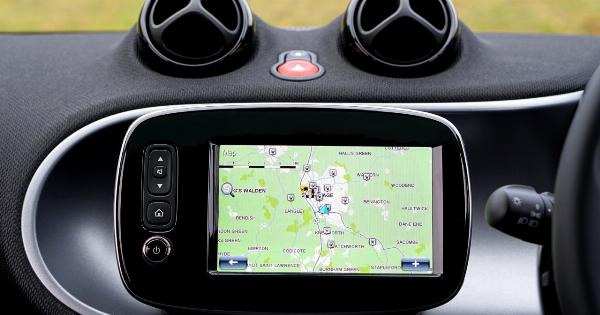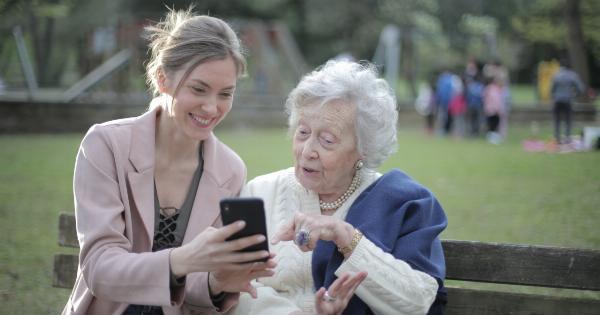Imagine trying to find your way home without the ability to see. For someone who is blind, this is a reality that they face every day. But it’s not just about physical navigation; it’s also about creating a sense of home and belonging.
In this article, we will explore the challenges and triumphs of individuals who are blind, as they navigate the world around them.
Challenges of Navigating the World for the Blind
For someone who is blind, accessing information about the environment around them is essential for navigation.
This can include using a white cane, guide dog, or other form of assistive technology, such as a smartphone equipped with specialized apps for navigation or a GPS device. Without these tools, even familiar environments can become intimidating and difficult to navigate.
The lack of accessibility and physical space can also pose significant challenges for individuals who are blind. Uneven pavement, stairs, and narrow pathways can all create obstacles that prevent safe movement.
These obstacles are not always easy to identify, particularly when exploring unfamiliar environments, and can lead to injury or social isolation.
The Importance of Familiarity and Community
For individuals who are blind, creating a sense of home often comes down to establishing a strong sense of familiarity and community.
This can include regular interaction with neighbors, friends, and family, or participation in community activities and events.
In many cases, the local community can help create opportunities for individuals who are blind.
This can include increasing access to transportation, providing a buddy system for people to accompany them when they go out, or simply offering a helping hand when needed. When individuals who are blind feel supported and accepted, they are more likely to thrive and maintain a sense of belonging.
Accessibility and Technology
Technology has the potential to revolutionize the way individuals who are blind navigate the world around them.
Smartphones, for instance, can provide customized audio descriptions of the environment, assist with reading text, and even help guide individuals towards their destination. Additionally, there are a variety of specialized assistive technologies, such as Braille displays and text-to-speech software, that can make a significant difference in the lives of those who are visually impaired.
However, for technology to be fully effective, it must be designed with accessibility in mind.
From website design to software development, companies must prioritize making their technology accessible to individuals who are blind, ensuring that everyone has equal access to information and the same opportunities to thrive and succeed.
Overcoming Challenges and Finding a Place to Call Home
Despite the challenges that individuals who are blind face, many have created profound connections to the communities around them.
By working to increase accessibility, educate the public, and develop new technologies, it is possible for them to overcome the obstacles they face and create a sense of belonging and home.
For individuals who are blind, finding a place to call home is not just about geography. It’s about feeling safe, empowered, and included in the world around them regardless of their physical abilities.
And with the right support, technology, and community, it’s possible for anyone to find this sense of home.
The Future of Accessibility and Inclusion
The future of accessibility and inclusion for individuals who are blind depends on the actions we take today.
By advocating for greater accessibility, supporting advancements in assistive technologies, and creating a more inclusive society, we can help ensure that everyone has equal access to the world around them.
Whether it’s through volunteering, activism, or simply advocating for change in our own communities, we all have a role to play in creating a brighter, more inclusive future for everyone, including individuals who are blind.






























